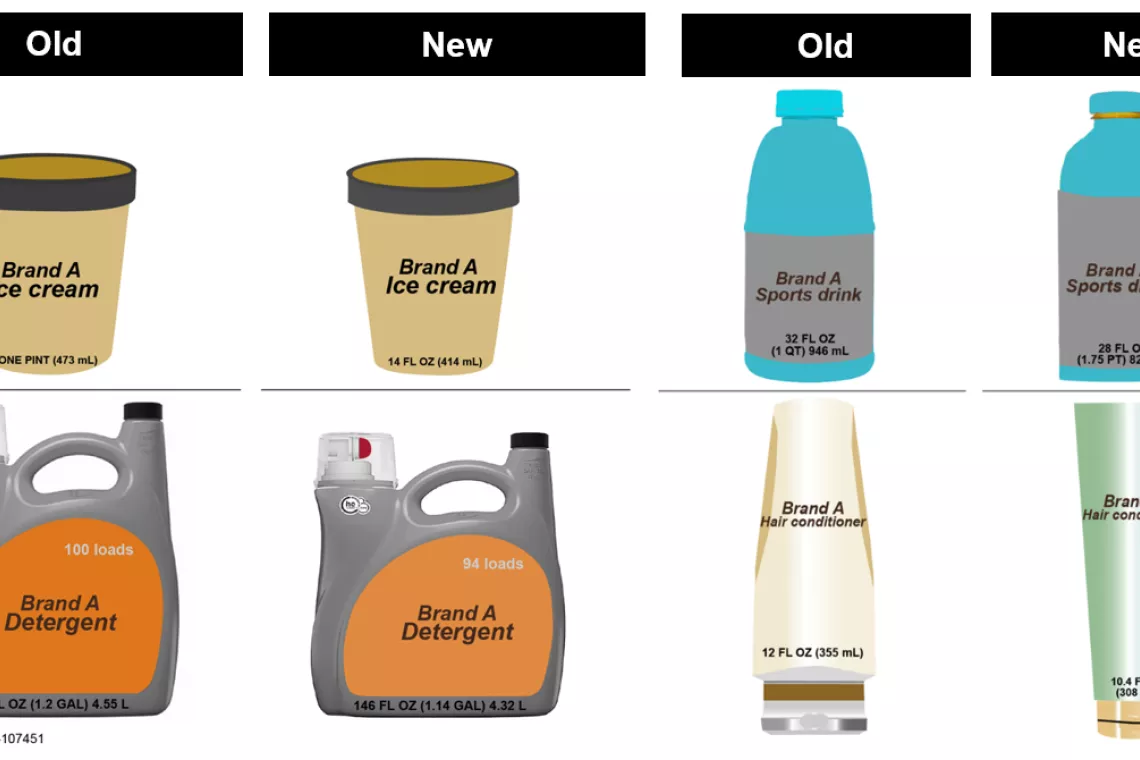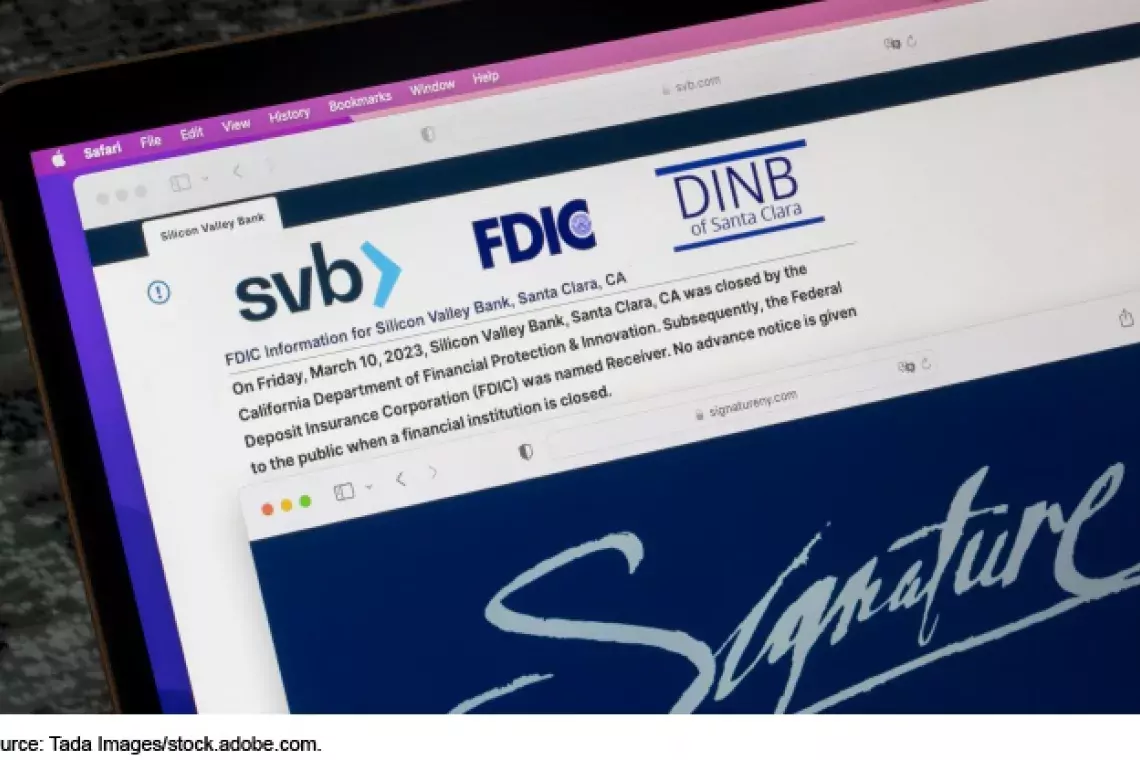Empty Offices Increase Risks for Banks Lending to Commercial Real Estate
Blog post updated July 5, 2023: This blog post was edited to correct an error on the dates related to banks exceeding regulatory guidance on commercial real estate loan concentrations.
Banks that loaned money for commercial real estate ventures may be feeling the pinch as many office and business spaces continue to sit vacant in the wake of COVID-19. According to recent reports, commercial real estate loans are seeing increases in delinquencies on payments—the latest in a string of bad news for the financial sector that includes bank failures, inflation, and rising interest rates.
In today’s WatchBlog post, we look at our recent work on bank failures, as well as how concerns about commercial real estate lending compare to what was seen during the last financial crisis.
Image

Increased risks
Banks are supposed to evaluate and manage risks. When borrowers—whether individuals or businesses—have difficulties making loan payments, it increases a bank’s credit risk or the risk that borrowers will fail to pay off their loans.
For commercial real estate, lending risks also include declines in property values. This has been happening across the United States. The pandemic-related rise in remote work affected occupancy rates in office buildings, stores, etc. Higher vacancy rates mean buildings’ space is less in demand, and as a result will be worth less. Should building owners want to renegotiate or refinance the terms of their loans because of financial strain, they will face tougher terms and higher interest rates. Higher loan payment amounts and high vacancy rates could make it more difficult for property owners to make loan payments. This could result in increased delinquencies (which have already been seen) and defaults.
What can happen when risks are not properly managed?
Mismanagement of risks when combined with factors like rising interest rates and rapid growth can be a recipe for failure. In April, we reported on how this combination led to the failures of Silicon Valley Bank and Signature Bank.
We’ve also seen this combination play out on a larger scale during the 2007—2009 financial crisis. Specifically, 414 insured U.S. banks failed from January 2008 through December 2011. We examined a subset of these banks and found that failures of small and medium-sized banks were largely associated with high concentrations of commercial real estate loans. Among the small banks, we found that they often pursued aggressive growth strategies in commercial real estate lending and had weak credit risk-management practices. When these banks were exposed to the sustained real estate and economic downturn that began in 2007, credit losses on commercial real estate loans drove them to fail. Again, this combination of aggressive growth strategies and weak risk-management practices is similar to what we found in the March Silicon Valley Bank and Signature Bank failures. And according to recent reports, banks’ exposure to commercial real estate lending is on the rise again. A total of 576 U.S. banks were found to have exceeded regulatory guidance on commercial real estate loan concentrations by the end of the first quarter (January to March 2023), an increase of 30% compared with the same time period in 2022.
What’s ahead?
Regulators have publicly stated that banks remain sound and resilient following the recent March bank failures. But as we continue to emerge from the pandemic, some businesses continue to offer employees a choice on whether to return to their offices full time or under some hybrid work arrangements. This could continue to affect demand for office space and commercial real estate loan performance, creating ongoing uncertainty about the risks.
We plan to continue to monitor commercial real estate lending and regulatory oversight of the banking sector.
- Comments on GAO’s WatchBlog? Contact blog@gao.gov.




